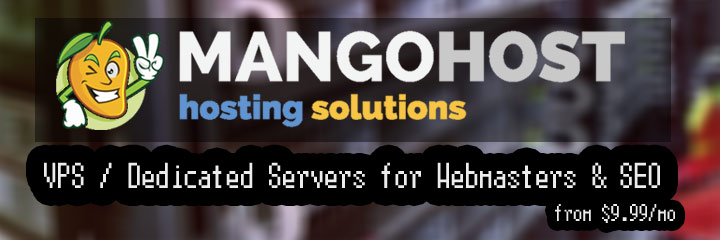
 Get the solution ↓↓↓
Get the solution ↓↓↓
This helped me!
// routes/tenant.php
Route::middleware(['api'])->prefix('api')->group(function () {
//
Route::get('test', function () {
return 'test!';
});
});
Perhaps a little late to help op but in case others find their way here, I ran into the same issue with version 3 of stancl/tenancy and was able to get it to work by moving my api routes back to routes/api.php and coding them like this...
Route::middleware([
InitializeTenancyByDomain::class,
PreventAccessFromCentralDomains::class,
])->group(function () {
Route::post('/foo', 'App\Http\Controllers\Tenant\FooController@whatever');
Route::post('/bar', 'App\Http\Controllers\Tenant\BarController@whatever');
});
Just reverse the order of the two functions ( api routes first ), that worked for me!
Like this:
Route::middleware([
'api',
InitializeTenancyByDomain::class,
PreventAccessFromCentralDomains::class,
])->group(function () {
Route::post('/register', [AuthController::class, 'register']);
Route::post('/login', [AuthController::class, 'login']);
Route::apiResource('products', ProductController::class);
Route::apiResource('orders', OrderController::class);
Route::apiResource('orderitems', OrderItemController::class);
});
Route::middleware([
'web',
InitializeTenancyByDomain::class,
PreventAccessFromCentralDomains::class,
])->group(function () {
// Route::get('/', function () {
// return 'This is your multi-tenant application. The id of the current tenant is ' . tenant('id');
// });
Route::get('{any}', function () {
return view('layouts.app');
})->where('any', '.*');
Route::Resource('allproducts', ProductController::class); // tried using it like this and returned blank html page
Auth::routes();
});
Our community is visited by hundreds of web development professionals every day. Ask your question and get a quick answer for free.
Find the answer in similar questions on our website.
Do you know the answer to this question? Write a quick response to it. With your help, we will make our community stronger.
PHP (from the English Hypertext Preprocessor - hypertext preprocessor) is a scripting programming language for developing web applications. Supported by most hosting providers, it is one of the most popular tools for creating dynamic websites.
The PHP scripting language has gained wide popularity due to its processing speed, simplicity, cross-platform, functionality and distribution of source codes under its own license.
https://www.php.net/
HTML (English "hyper text markup language" - hypertext markup language) is a special markup language that is used to create sites on the Internet.
Browsers understand html perfectly and can interpret it in an understandable way. In general, any page on the site is html-code, which the browser translates into a user-friendly form. By the way, the code of any page is available to everyone.
https://www.w3.org/html/

Welcome to the Q&A site for web developers. Here you can ask a question about the problem you are facing and get answers from other experts. We have created a user-friendly interface so that you can quickly and free of charge ask a question about a web programming problem. We also invite other experts to join our community and help other members who ask questions. In addition, you can use our search for questions with a solution.
Ask about the real problem you are facing. Describe in detail what you are doing and what you want to achieve.
Our goal is to create a strong community in which everyone will support each other. If you find a question and know the answer to it, help others with your knowledge.